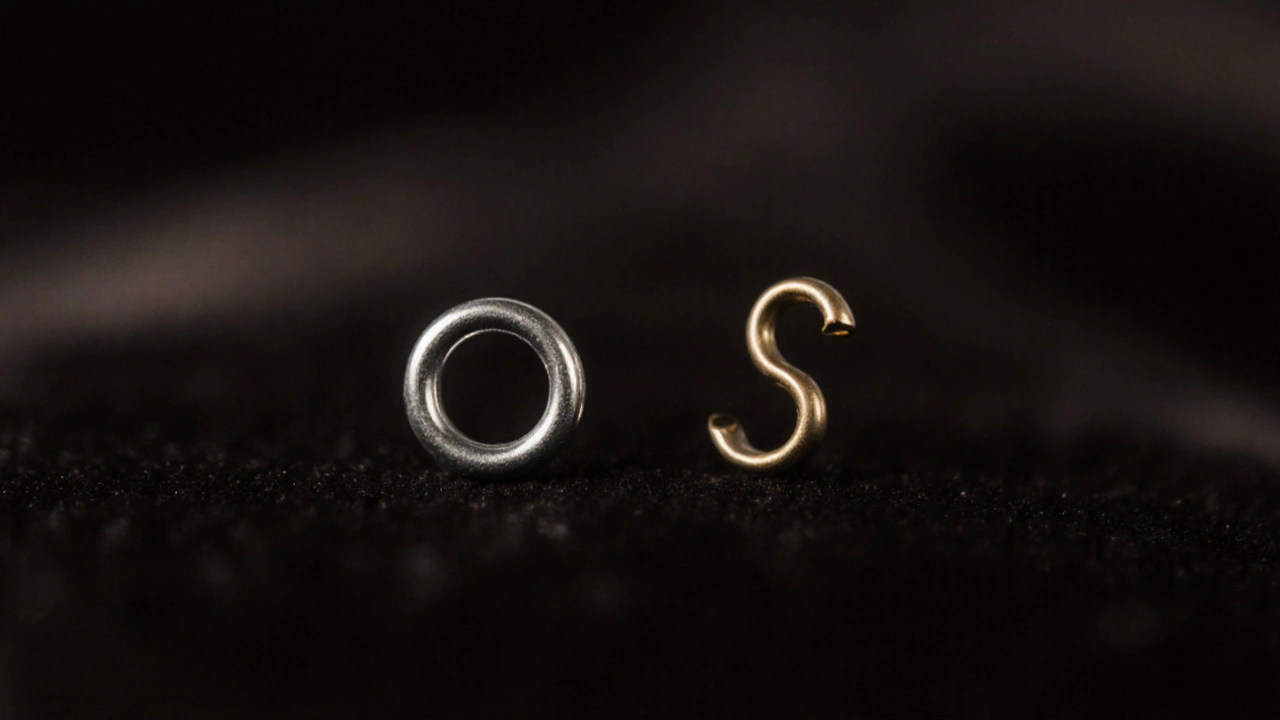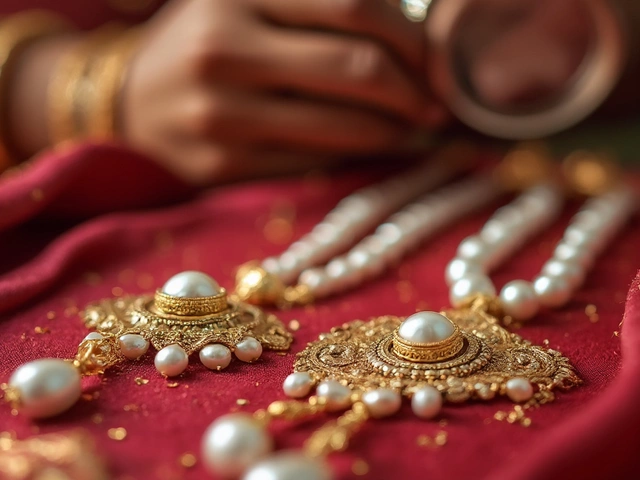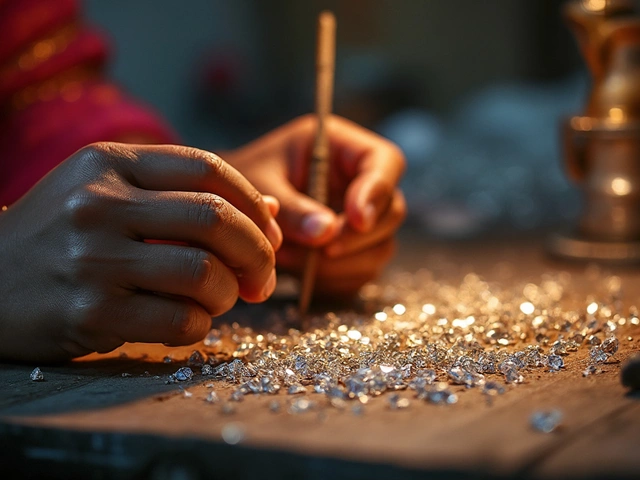Jump Ring Guide: Tools, Tips & Uses
When working with Jump Ring is a tiny metal loop used to connect jewelry components. Also known as split ring, it forms the backbone of most dangle pieces. You’ll also hear about Jump Ring Opener a small plier‑like tool that opens and closes rings without bending them. For anyone into Beading Supplies materials like seed beads, elastic cord and findings used to create beaded jewelry., understanding the jump ring is the first step toward smooth assemblies.
Jump rings come in a range of gauges, diameters, and metals. The gauge tells you the thickness of the wire – a 20‑gauge ring is sturdier than a 24‑gauge one. Diameter decides how wide a component can pass through; a 4 mm ring works for small charms, while an 8 mm ring accommodates larger pendants. Common materials include sterling silver, 14‑k gold, brass, and stainless steel. Each metal reacts differently to wear: silver tarnishes, gold stays bright, and stainless steel resists corrosion. Choosing the right size and metal ensures your piece holds up during everyday wear.
Opening a ring correctly is a skill that saves you time and prevents damage. The jump ring opener lets you pry the tiny gap open just enough to slip a bead or hook through, then close it tightly. If you don’t have an opener, flat‑nose pliers work, but you risk marring the surface. Hold the ring with the jaws of the opener, twist gently until the gap widens, add your component, and twist back to close. A snug fit is key – too loose and the piece may fall apart, too tight and the ring could fatigue.
Jump rings are the unsung heroes behind earrings, necklaces, bracelets, and even repair jobs. They let you attach a clasp to a chain, link a charm to a bracelet, or secure a hook to an ear stud. In beading projects, rings act as connectors between strands, giving you flexibility to create layered looks. When you’re building a mixed‑metal design, pairing a brass ring with a silver pendant adds visual contrast without extra soldering. Knowing when to use a ring versus a soldered joint can streamline production and keep costs low.
With the right jump ring knowledge, you’ll be able to pick the proper size, choose a suitable metal, and use the perfect tool for opening and closing. The next section below showcases articles that dive deeper into metal hallmarks, resale value of jewelry, and step‑by‑step how‑tos – all aimed at making your crafting experience smoother and more rewarding. Keep reading to find practical tips, detailed guides, and expert advice that complement what you’ve just learned about jump rings.
Jump Ring vs Split Ring: Key Differences Explained
Clear guide on jump rings vs split rings, covering definitions, uses, material choices, opening tricks, and a handy FAQ for jewelry makers.





